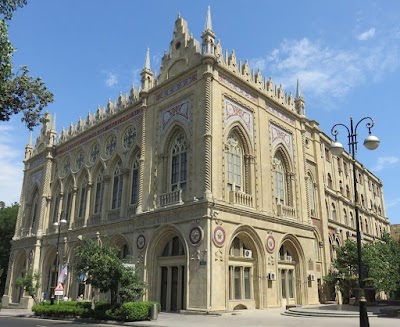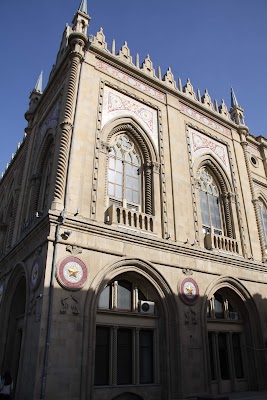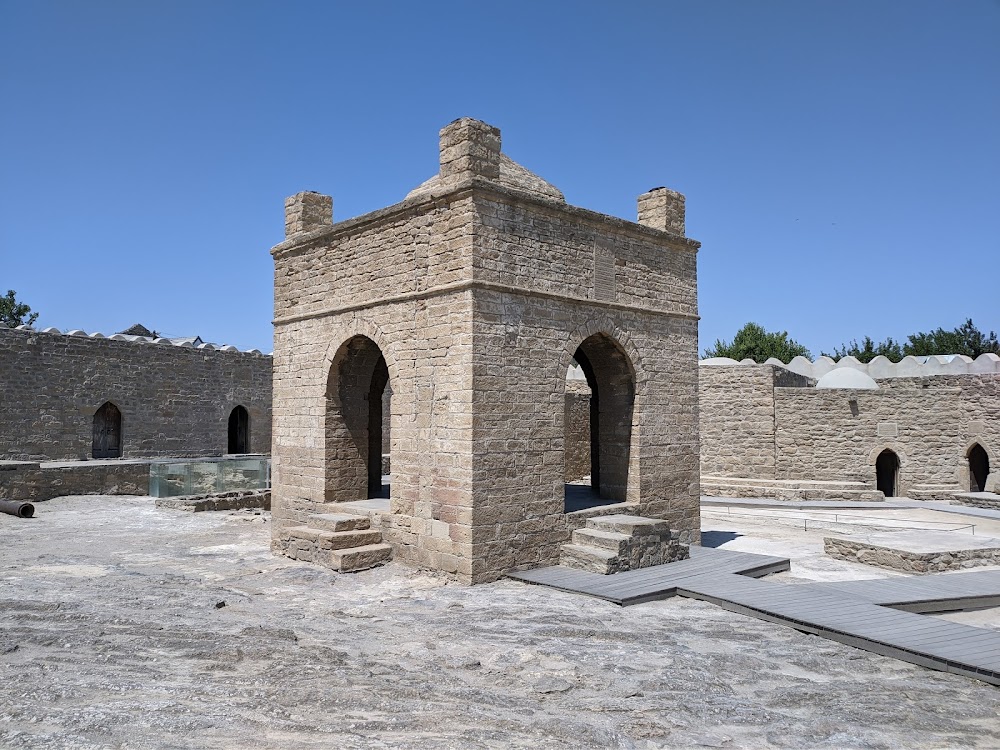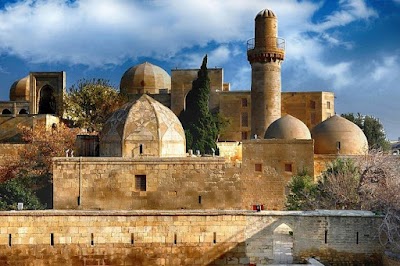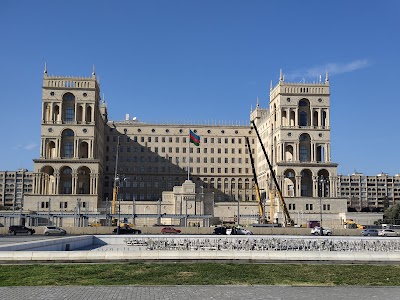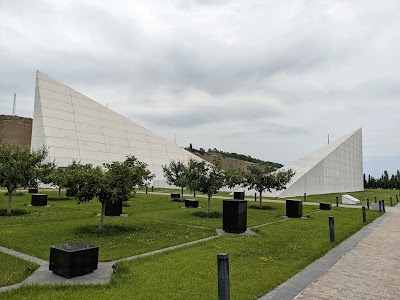Ismailiyya Palace (İsmailiyyə Sarayı)
Overview
Ismailiyya Palace is one of Baku's most iconic and exquisite architectural gems, standing as a testament to the city's rich history and cultural heritage. Constructed in the early 20th century, this majestic building seamlessly blends Venetian Gothic and Islamic architectural styles, creating a unique and captivating facade that leaves visitors in awe.
The palace was commissioned by the prominent Azerbaijani oil magnate and philanthropist Musa Naghiyev in memory of his son, Ismayil, who tragically passed away at a young age. Naghiyev enlisted the renowned Polish architect Józef Plośko to design the building, resulting in a structure that is as solemn as it is beautiful. Completed in 1913, Ismailiyya Palace quickly became a symbolic landmark in Baku, reflecting both the sorrow of a grieving father and the grandeur of the city's architectural ambition during the oil boom era.
Beyond its poignant origins, the significance of Ismailiyya Palace extends into its role in Azerbaijani cultural and political life. Initially intended as the headquarters for the Muslim Charitable Society, the palace has served various purposes over the decades, including housing government offices and being a venue for significant political events. Its walls have witnessed the ebb and flow of Azerbaijan’s turbulent history, from the Russian Empire’s influence to the Soviet era, and finally the independence of Azerbaijan.
The palace's design is a marvel of architectural ingenuity. Its facade is adorned with intricate stone carvings and delicate tracery, featuring pointed arches and towering spires that evoke the grandeur of Gothic cathedrals. This is beautifully contrasted by Islamic-inspired geometric patterns and calligraphic motifs, which add an exotic flair and celebrate the rich cultural tapestry of Azerbaijan. The blend of these styles showcases the fusion of European and Eastern influences that make Baku such a fascinating city.
Inside, the palace continues to impress with its elegant interiors. High ceilings, grand staircases, and expansive halls reflect the opulence intended by its benefactor. Although it has undergone periods of restoration, the building retains much of its original charm, offering visitors a glimpse into the past. One of the most striking features inside Ismailiyya Palace is the grand hall, often used for important gatherings and events. This hall boasts intricate plasterwork and lavish chandeliers, evoking a sense of timeless elegance.
For tourists, visiting Ismailiyya Palace offers more than just a visual treat; it is an opportunity to delve into Baku's multifaceted history and cultural evolution. The palace is located on Istiglaliyyat Street, in the heart of Baku, making it easily accessible for visitors exploring the city's historic sites. While there, tourists can also enjoy a leisurely stroll along the picturesque street, lined with other historic landmarks and charming cafes.
Interesting facts about Ismailiyya Palace include its resilience during turbulent times. Despite being damaged during the March Events of 1918, a violent confrontation in Baku, the palace was restored to its former glory, symbolizing both the city's resilience and the lasting legacy of Naghiyev’s philanthropy. Another fascinating aspect is its modern-day use; the palace now houses the Presidium of the National Academy of Sciences of Azerbaijan, continuing its tradition of serving significant societal roles.
In conclusion, Ismailiyya Palace is much more than an architectural masterpiece; it is a monument to personal loss, a beacon of cultural fusion, and a historical chronicle wrapped in the stones of Baku’s urban landscape. For any tourist visiting Baku, a trip to Ismailiyya Palace is an enriching experience that provides deeper insight into the city’s soul, offering both beauty and historical richness. As you walk through its doors, you are not just entering a building but stepping into a story that spans generations, cultures, and eras.


